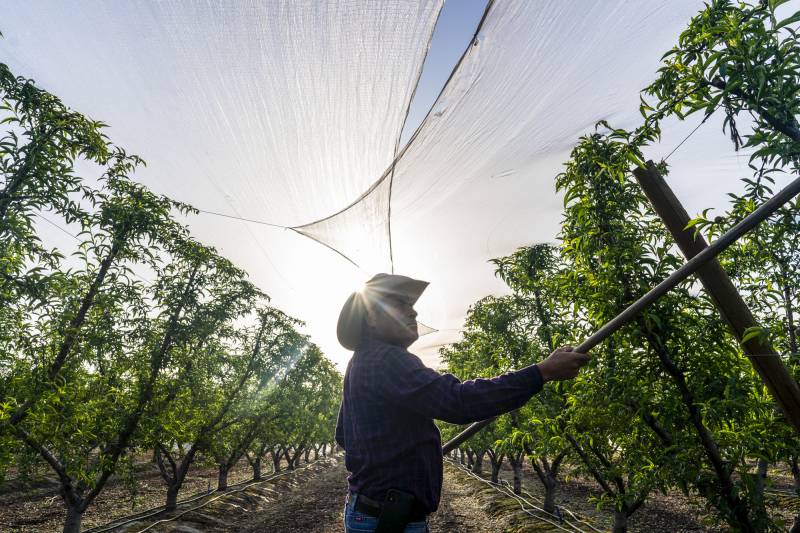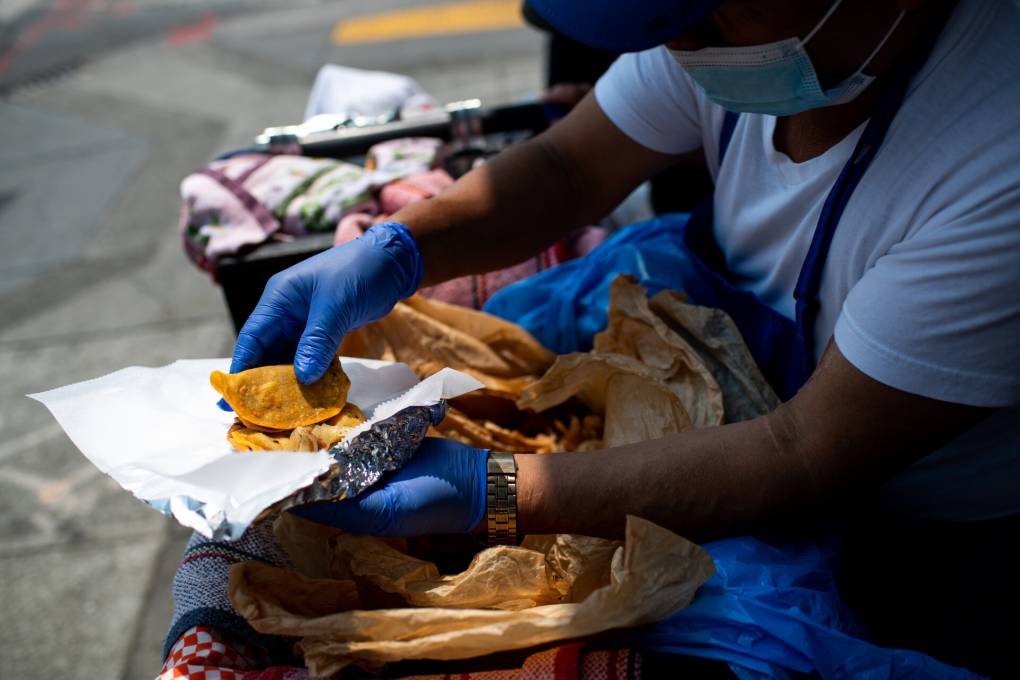With more heat waves expected this summer, California officials are trying to assess the long-term economic impact on workers and businesses — and what more can be done to protect workers bearing the brunt of extreme temperatures.
Although California is one of the few states with heat standards protecting outdoor workers, advocates and workers say enforcement is still a struggle. Meanwhile the state has been trying for years to create indoor workplace heat rules.
A 2021 study of California worker compensation data by a left-leaning economic research nonprofit shows hot days lead to increased workplace accidents across California. The Washington Center for Equitable Growth study estimates hot temperatures have caused at least 360,000 workplace injuries in California from 2001 to 2018, or about 20,000 injuries a year.
Researchers examined California workers compensation data and tracked daily temperatures down to the zip code. They compared the number of worker injuries and illnesses on 85-to-105-degree days to days when temperatures hovered around 60 degrees.
A new state advisory committee is set to use this data as a roadmap to tackle hot workplace issues. The group of state agency staffers and scholars will examine persistent problems with underreported heat-related illness and injuries, as well as gaps in data collection and the financial toll on workers and businesses when temperatures rise and production falls.
Young workers at risk
A day above 100 degrees can lead to a 10–15% increase in same-day injuries on the job, the study says, with injuries hitting low-wage workers hardest. And recovering from a heat-related injury or illness costs the average worker $35,000, including health care and long-term wage impact.
“This implies that the welfare impacts associated with heat-related workplace injuries may be on the order of $525 million to $875 million per year in California alone,” the study authors wrote.

